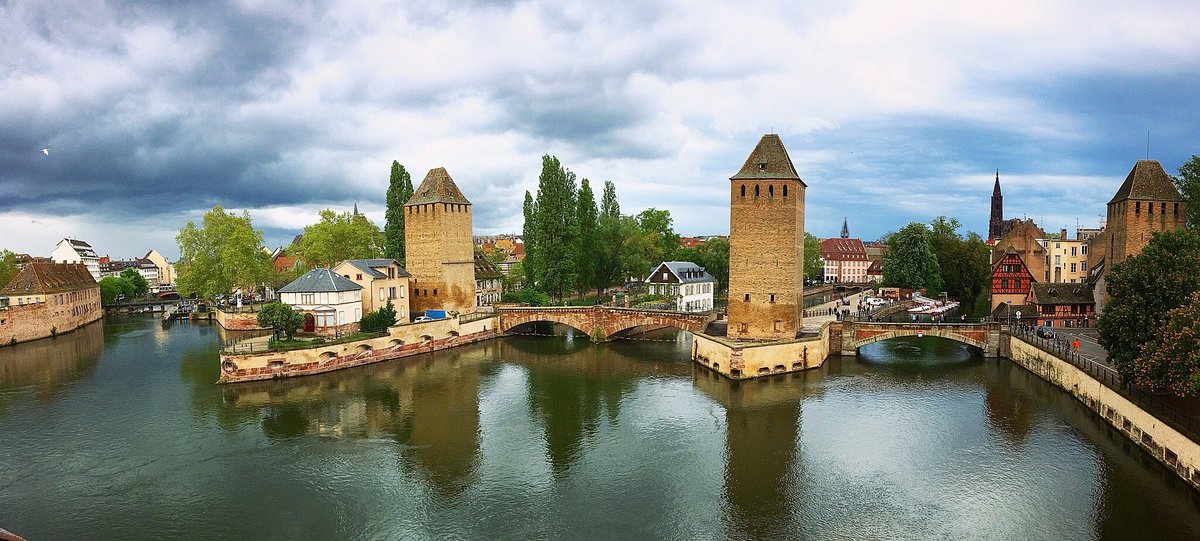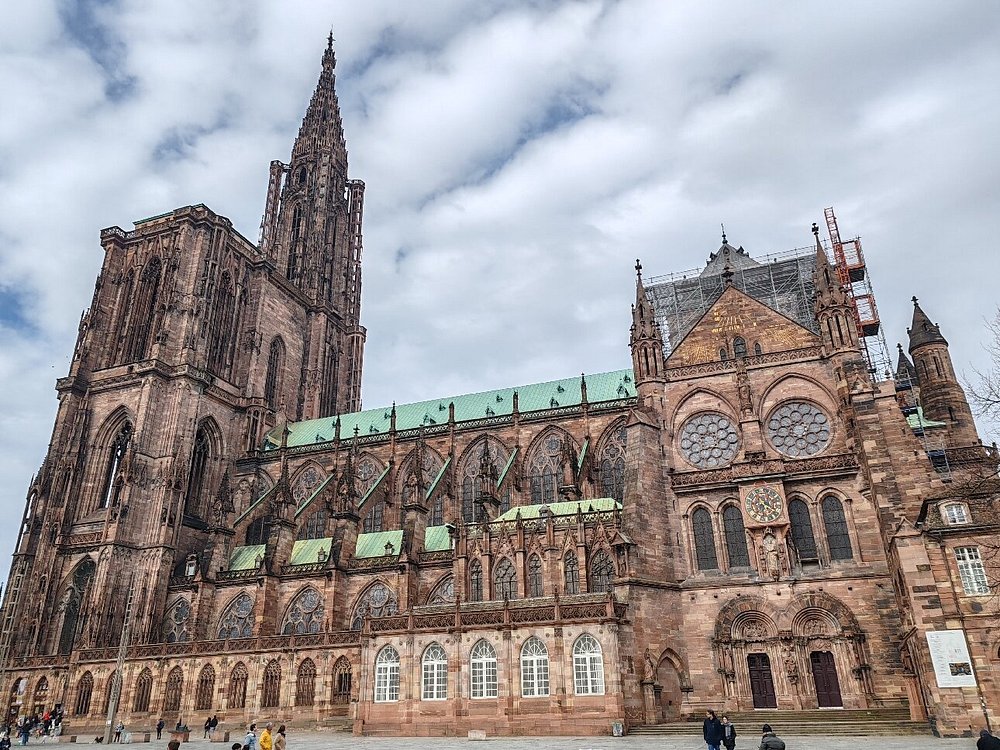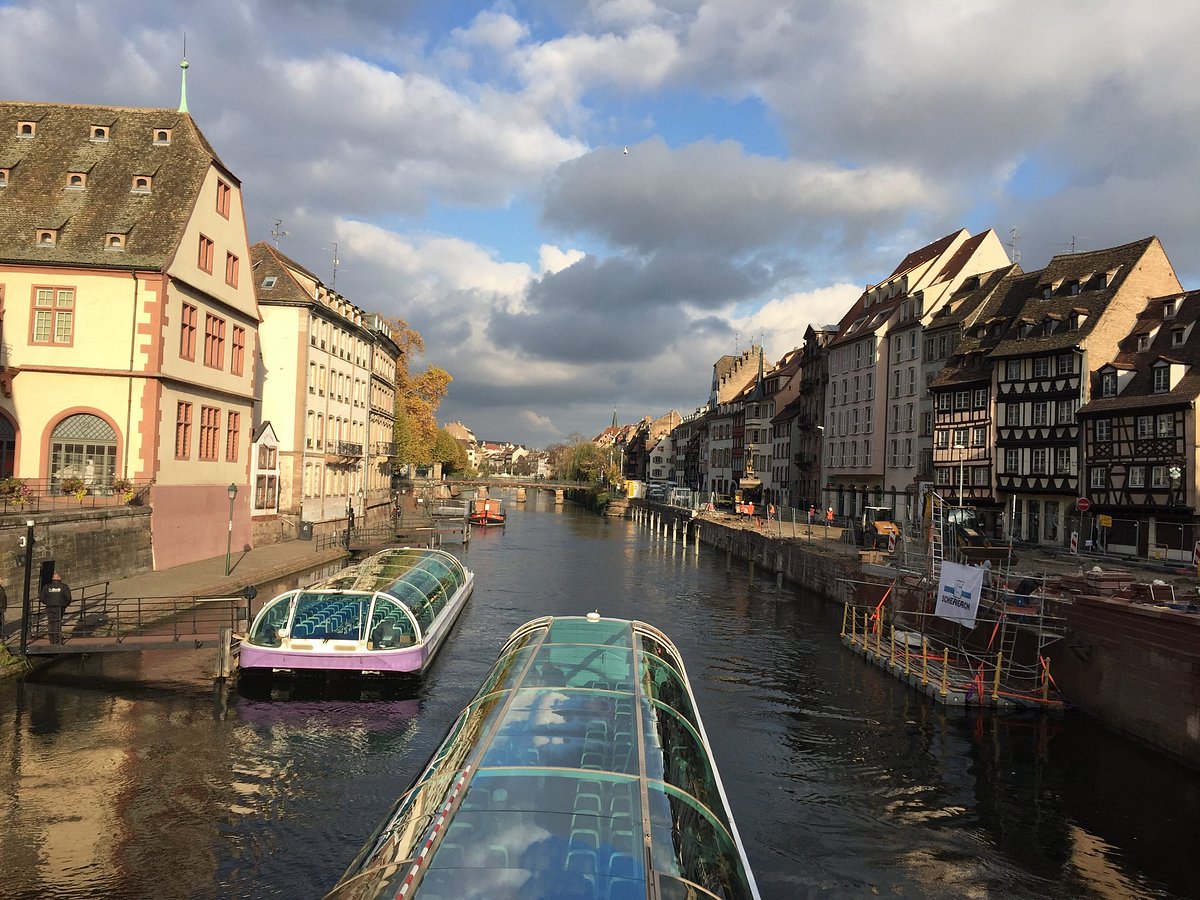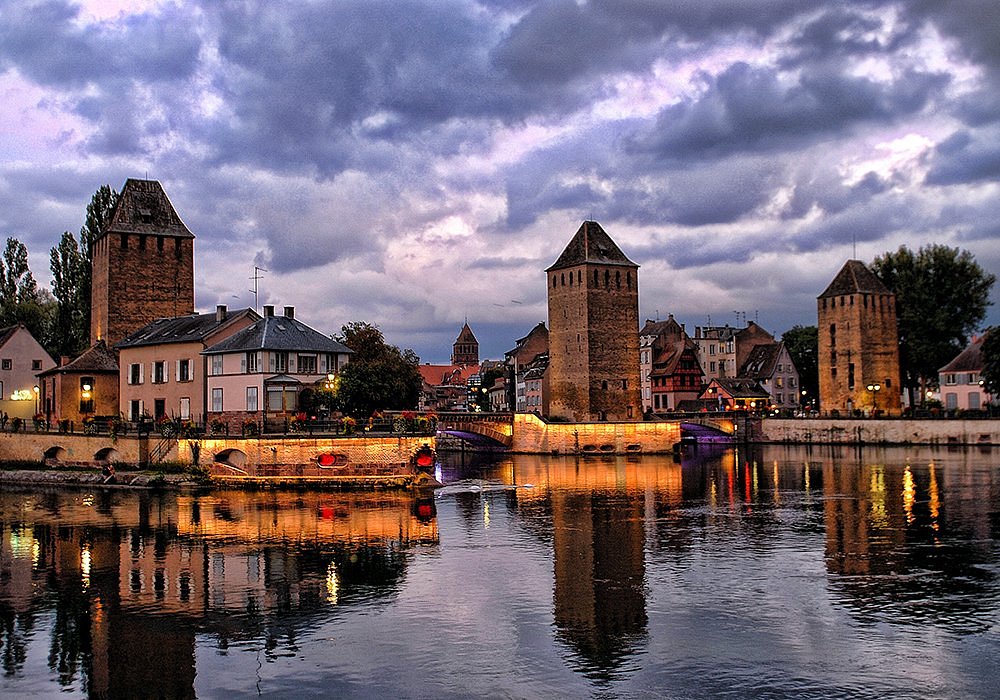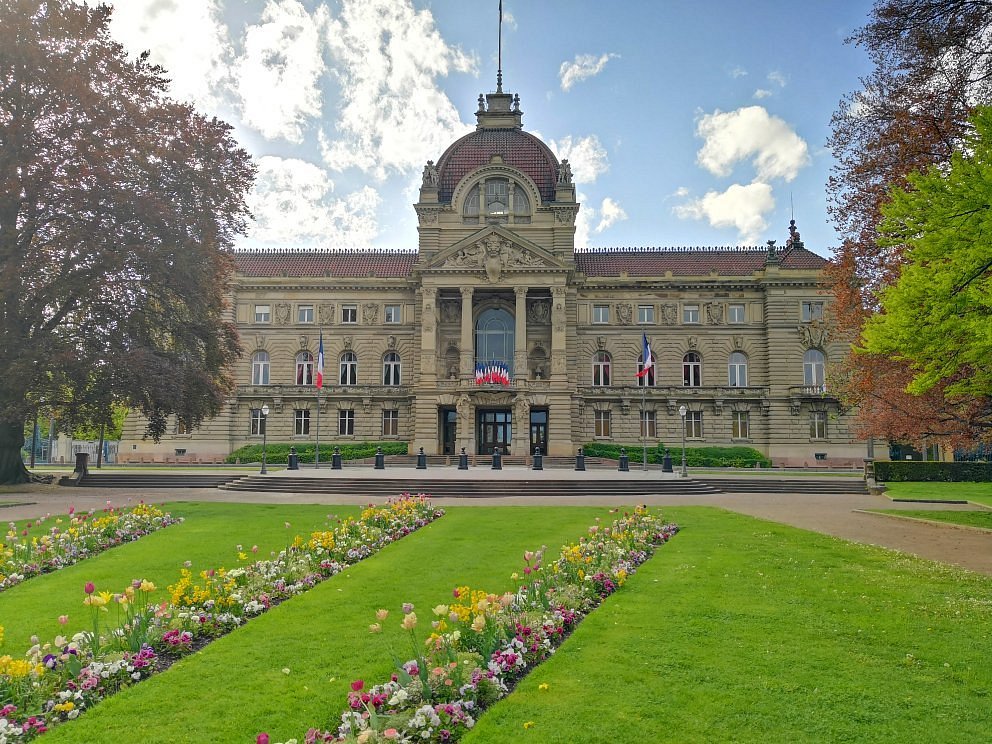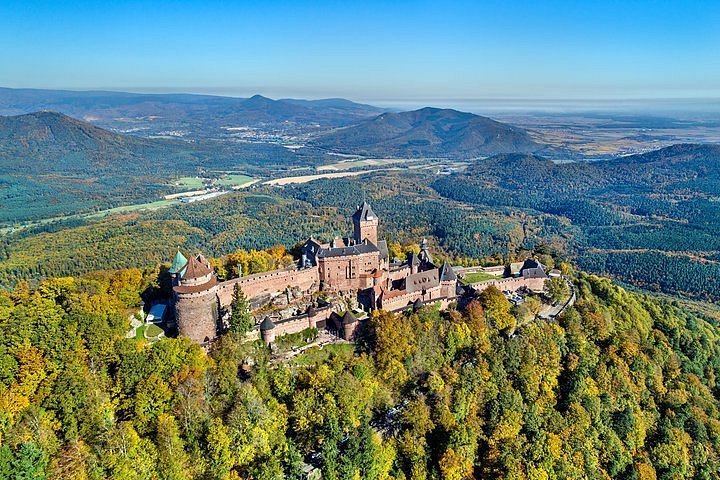Quick Bits:
Strasbourg is a charming city that blends French and German culture seamlessly. Situated along the Rhine River, it’s known for its timber-framed houses, rich history, and one of the largest medieval churches in Europe. This picturesque city is ideal for travelers seeking a unique experience where history, culture, and modern charm unite.
Key Highlights
- Strasbourg’s Old Town is a UNESCO World Heritage site.
-
It is home to the iconic Strasbourg Cathedral, an architectural wonder.
-
The city is known for its canals and half-timbered houses in the Petite France district.
-
Strasbourg serves as the seat of the European Parliament.
-
A unique fusion of French and German influences shapes its culture and cuisine.
General Information
Strasbourg, located in northeastern France, is the capital of the Grand Est region. It’s an essential cultural and economic hub, hosting several European institutions like the European Parliament and the Council of Europe. With its historical architecture, cobbled streets, and a blend of French-German heritage, Strasbourg is a compelling destination. Strasbourg’s population of roughly 280,000 includes a mix of people that make it both vibrant and diverse.
The official language is French, though German is also widely understood due to the city’s proximity to Germany. Strasbourg has a thriving cultural scene with numerous festivals, theaters, and museums, making it one of the most captivating cities in France.
Geography Information
Strasbourg lies on the border between France and Germany, on the banks of the Rhine River. Its position is strategic as it has historically acted as a bridge between the two nations. The city is in the Alsace region, characterized by lush vineyards and picturesque valleys. Strasbourg’s landscape is dotted with canals, giving it a romantic vibe reminiscent of a smaller version of Venice.
The surrounding area, known for its fertile land, is ideal for vineyards, producing some of the finest wines in France. Strasbourg is close to the Black Forest in Germany, making it an ideal base for those interested in exploring scenic countryside locations in both France and Germany.
Places to Visit
1. Strasbourg Cathedral
The Strasbourg Cathedral is an architectural marvel that dominates the city’s skyline. With its towering Gothic spire, it was once the tallest structure in the world. The intricate stonework and astronomical clock are must-sees. Be sure to climb the stairs for a panoramic view of the city.
2. Petite France
The Petite France district, located on the Grand Île, is one of the most charming neighborhoods in Strasbourg. Here you’ll find timber-framed houses and narrow cobblestone streets. The canals reflect the old-world charm that makes this area so inviting. It’s an ideal spot for a peaceful stroll, where every turn reveals a postcard-worthy scene.
3. European Parliament
Strasbourg hosts one of the European Parliament’s main buildings. Visitors can take a guided tour of the parliament chamber and learn more about how European politics function. It’s an enlightening experience that provides insight into the city’s international significance.
4. Parc de l’Orangerie
This expansive park is perfect for families, offering green spaces, a lake, and even a small zoo. It’s also home to some beautiful flower beds and scenic walking paths. Locals enjoy coming here to relax, and it’s an excellent spot for a picnic.
5. Alsatian Museum
To learn more about the local culture, the Alsatian Museum is a great place to start. This museum has a diverse collection of artifacts depicting everyday life in Alsace, showcasing traditional clothing, furniture, and customs of the region.
6. Barrage Vauban
The Vauban Dam, also known as the Barrage Vauban, is a defensive structure that offers an incredible view over the Petite France area. The rooftop terrace is a great place to take in the historic panorama of Strasbourg.
Yearly Climate
Strasbourg experiences a temperate oceanic climate. Summers are warm but not scorching, making it an inviting time for travelers. From June to August, temperatures range between 25 to 30 degrees Celsius, and there are many outdoor festivals.
Winters can be cold, with temperatures between 0 and 5 degrees Celsius. Strasbourg transforms into a winter wonderland during the Christmas season, hosting one of Europe’s oldest and most famous Christmas markets. It’s a festive time when the entire city is adorned with lights and decorations.
Spring and autumn are mild and offer pleasant weather for exploration. Rain is possible throughout the year, so it is always wise to carry an umbrella or a raincoat.
Best Time of Year to Visit
The best time to visit Strasbourg depends on your preferences. For those looking to explore its outdoor attractions, spring (April to June) and autumn (September to October) are ideal. These months offer mild temperatures, fewer crowds, and beautiful landscapes.
Summer brings lively festivals and a warm ambiance. However, it can also be crowded due to the peak travel season. If you’re interested in experiencing Strasbourg’s Christmas magic, visiting during late November to December is a must. The Christmas market is one of the highlights of the year, drawing visitors from all over the world.
In Summary…
Strasbourg is a city that captivates travelers with its blend of cultures, historic architecture, and natural beauty. From the iconic Strasbourg Cathedral to the quaint streets of Petite France, there’s always something to discover. It’s a city that manages to be both quaint and international, traditional yet modern. Whether you’re exploring historic landmarks, learning about European politics, or simply enjoying Alsace cuisine, Strasbourg leaves a lasting impression.

